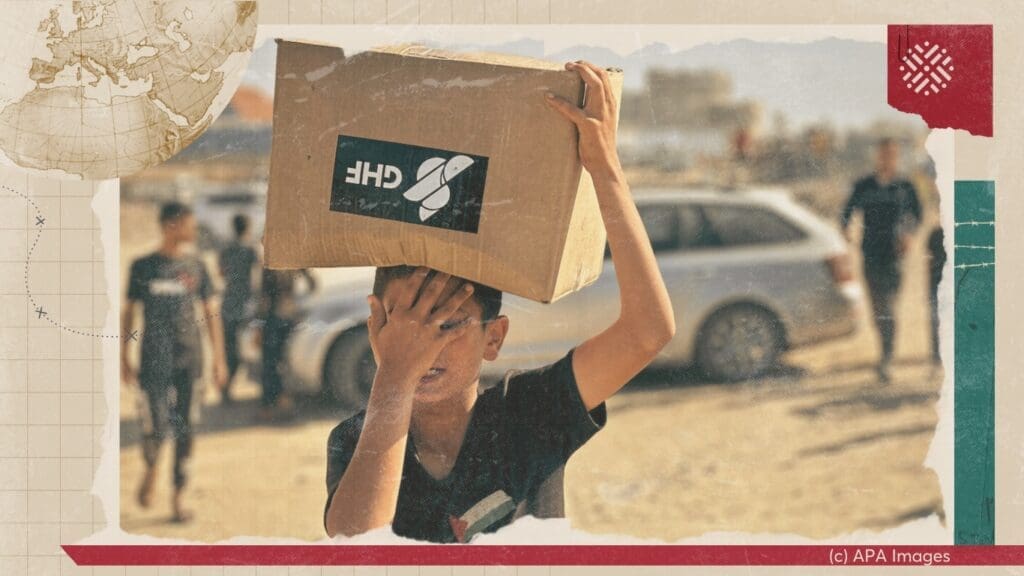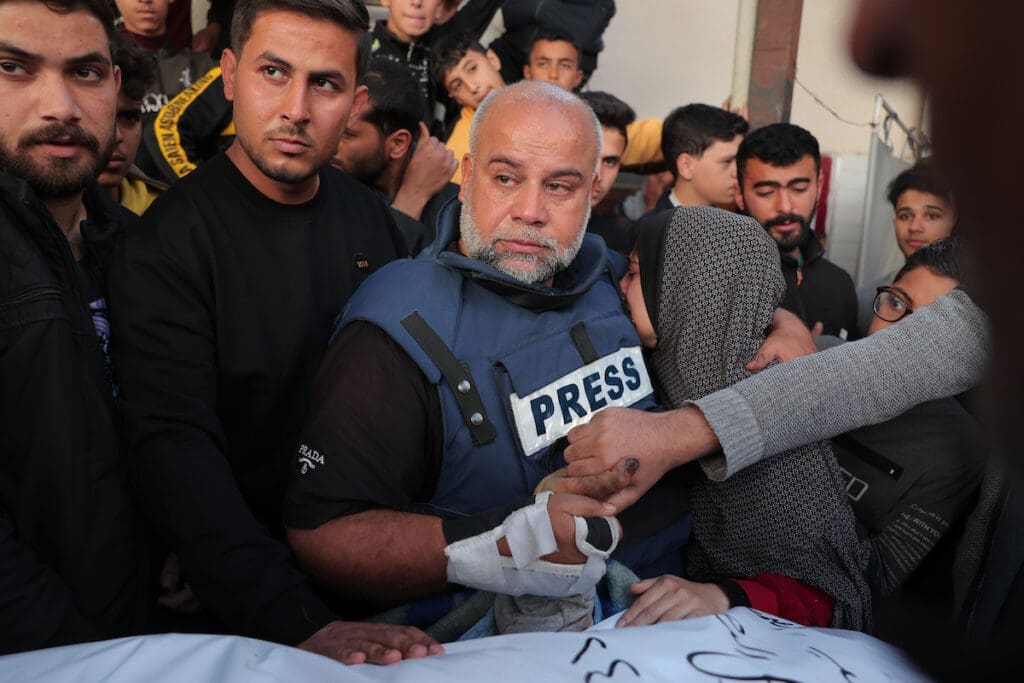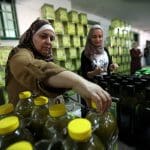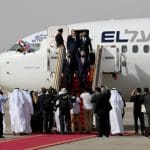
Netanyahu has pledged to begin annexing parts of the West Bank as soon as next month. What are the implications of such a move, and what can be learned from Israel’s previous annexations of Jerusalem and the Golan Heights?
In this policy lab, Yara Hawari and Rania Muhareb join host Nur Arafeh to weigh in on what annexation means, its significance within Zionist thought and Israeli history, and potential avenues to push back against future land grabs.
Yara Hawari is Al-Shabaka's co-director. She previously served as the Palestine policy fellow and senior analyst. Yara completed her PhD in Middle East Politics at...
Rania Muhareb is an Irish Research Council and Hardiman PhD Scholar at the Irish Centre for Human Rights at the National University of Ireland, Galway....
Nur Arafeh is a Fellow at the Malcolm H. Kerr Carnegie Middle East Center, in Washington DC, where her work focuses on the political economy...













